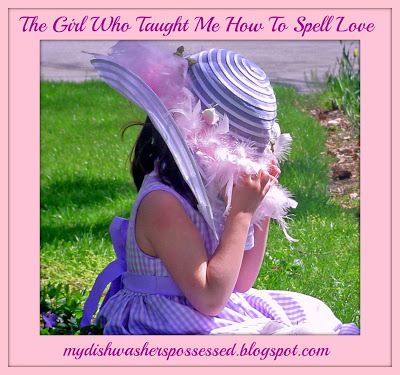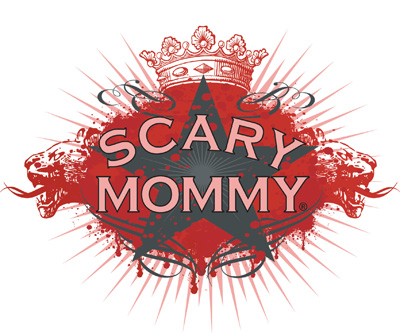The bonds of female friendship have been on my mind ever since I finished reading, The HerStories Project, edited by Jessica Smock and Stephanie Sprenger. I’m honored to have a contribution included in this wonderful collection of essays that explores the role that our girlfriends play in our lives.
My essay, The United Federation of Moms, deals with my experience of looking for and ultimately finding friends after having my first child 15 years ago.
But as I’ve read the 49 other pieces in the book, I’ve been reminded of all of the girls and women that have had an effect on me.
Some friendships have lasted beyond time and circumstance, while others have ended naturally after school, or a move or job change.
There have even been a few that have ended painfully.
But there is one friend whose effect on me was so profound that I think of her often.
Carol and I were in the same afternoon kindergarten class. She was my ideal of what a girl should look and be like. Her long brown hair hung down to her waist, and she possessed the all-American face I longed for myself. She had the ability to make friends easily and always managed to look neat and pretty.
If Carol was a polished pearl, I was a diamond in the rough.
I couldn’t stay clean if I was kept under glass. My hair never looked right, no matter what my mom did to it, so I frequently sported a un-girlish pixie cut. And it wasn’t always easy for me to make new friends, especially with other girls.
Unlike Carol, I couldn’t color in the lines, glue anything neatly, or cut a straight line to save my life. School never came easy for me, and kindergarten was no exception.
It wouldn’t be until years later when my dyslexia was discovered that I knew why everything in school was such a struggle. But even at the age of five, I knew something was wrong.
I never felt like a misfit when I was with Carol. She liked and accepted me for who I was. If someone smart and popular like her wanted to be my friend, how bad could I be?
One day we were sitting next to each other making a card for our families. I couldn’t figure out how to spell the word love and I asked her for help. With the skill and patience my teachers sometimes lacked, she taught me how to spell and write the word on my card. I never forgot how to spell it again.
The following year Carol started first grade at the local Catholic school. I remember blaming the Catholic church for taking her away from me. We were never classmates again. Despite only living a few blocks away from each other, we rarely got together anymore.
I can’t remember if my mother used the word cancer when she told me Carol was sick, but I knew it was serious.
I can still see her that Halloween when she came trick-or-treating. Her beautiful long hair was gone, and she had a little granny cap on. But she was on my front stoop smiling and getting her candy like any other kid.
A few months later I went to her birthday party and brought her a Barbie doll. When it was my birthday, I ripped everything unceremoniously out of its package, and I thought it was odd that she wouldn’t take the plastic off the doll’s hair. Years later, I wondered if she was trying to protect the doll’s hair because she couldn’t protect her own.
I was home sick from school the day my mom got the call that Carol died. I was in the third grade and hadn’t seen her for at least a year, but I felt the loss. I knew I would never get another chance to play with her. She was gone.
Carol never got the chance to grow up, but I did. I went on to have sleepovers, go to sweet sixteen parties, graduations, weddings, and baby showers. I now have three children, the youngest being in the third grade. Yet every time I spell the word “love,” I can’t help but think of the girl with the long brown hair.
Author’s note — This piece was originally published February 6th, 2011 under the name, Past and Present. It’ has been changed from the original.









